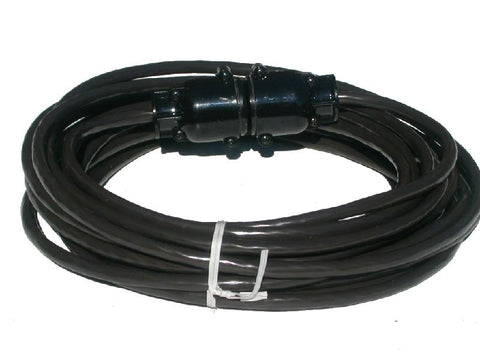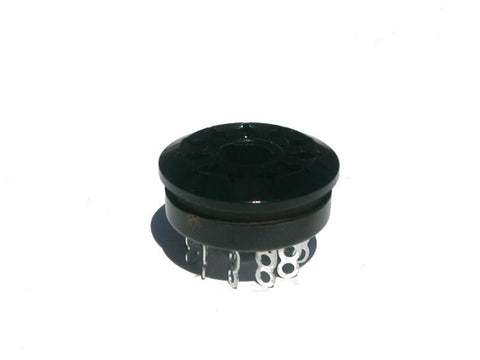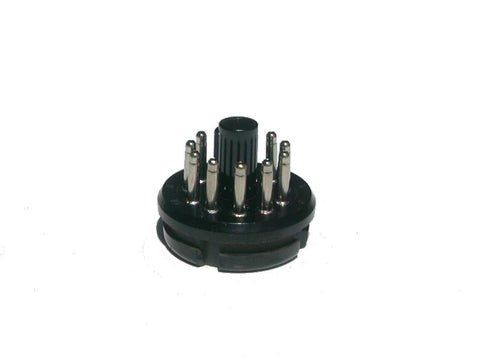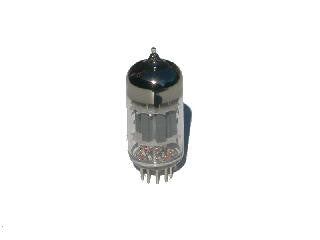
Hammond Vibrato Linebox Kit
$ 30.00
What is HAMMOND Vibrato?
The HAMMOND Vibrato is an effect created by the periodic raising and lowering of pitch. It is fundamentally different from a tremolo effect or changes in loudness. HAMMOND originally compared the Vibrato effect in a HAMMOND organ to the effect produced when a violinist moves a finger back and forth on a string, varying the frequency while maintaining constant volume.Special Vibrato equipment in most Tonewheel generator equipped models of HAMMOND organs was designed to vary the frequency of the tones by continuously and consistently shifting their phase through the use of an electrical time-delay line or 'phase-shift network'. This network was composed of a number of low-pass filter sections and a motor-driven Vibrato Scanner, which was coupled to the end of the Tonewheel Generator shaft adjacent to the organ's Run Motor. The degree of Vibrato being scanned was variable through the use of a rotary switch with three-degrees of Vibrato. V3 scanned the entire Vibrato time-delay line to be scanned for a 'wide' Vibrato effect. V2 scanned about one-half of the Vibrato line for a 'narrower' Vibrato effect. V1 scanned about one-third of the Vibrato delay line, and produced an even 'narrower' Vibrato effect, but still was very noticeable when compared to the normal non-Vibrato sound of the organ.
What is Vibrato Chorus?
In many later HAMMOND organ models (B-3, C-3, A-100, etc.), a Vibrato Chorus or 'shimmer' effect was added to the Vibrato system. The Vibrato Chorus was an effect similar to the result of mixing two or three slightly out-of-tune frequencies together. It is produced in the organ by mixing the Vibrato output signal with a portion of the signal without Vibrato. As the Vibrato effect is applied to the part of the signal across the delay line, but not to the rest of the signal, which is applied to a resistor across the line, the combination produces the famous HAMMOND Chorus effect. This effect is similarly variable (on organ equipped with Chorus) through the rotary switch positions C1, C2 and C3.By far, the most common Chorus setting used by professional organists is position C3, especially when used with a Leslie speaker on Chorale (slow). Many of the considered 'best' performances of professional HAMMOND organists have utilized Chorus in conjunction with Reverb and Percussion.
What is the Vibrato Line Box?
The Vibrato Line Box houses the delay-line Filter Capacitors, Resistors and Inductors which work as a group to provide clean, consistent Vibrato and Chorus. In the most common models of Tonewheel Generator organs, the Vibrato Line Box was usually configured in one of three ways depending upon specific organ model and date of manufacture. Many early HAMMOND organ (manufactured prior to the mid-1950's) Vibrato Line Boxes were housed in Black-painted or Silver-painted wooden boxes, attached to the underside of the top of the organ as viewed from the rear.The latest 'open-frame' style Vibrato Line Box, featuring a greatly simplified design, was introduced in the mid-1950's. In the open-frame style Line Box, the capacitors can be clearly seen housed in a metal frame. The newer Line Box design contained many less delay-line components. The later style open-frame Vibrato Line Boxes were attached to the rear of the upper manual in console organs, or in various other places on other models of organs. Due to the age of all HAMMOND Tonewheel Generator organs, the Vibrato Line Box components should be replaced with a hand-matched set of critical value Filter Capacitors and Resistors.
Why does a Vibrato Line Box need to be rebuilt?
All Vibrato Line Boxes contain critical value Filter Capacitors and Resistors in addition to fixed inductor coils. The Filter Capacitors and Resistors age randomly in a similar manner to the original Tonewheel Generator Filter Capacitors, causing inconsistent performance in the Vibrato and Chorus. The key to the classic Vibrato and Chorus effect is the consistency of the Capacitors, Resistors and Fixed Inductors throughout the many sections of the Vibrato Delay Line. Once the individual components become unstable, the original sound is lost.Due to the differences in the various Vibrato Line Box styles, the component types vary, and are NOT interchangeable among the Black-painted, Silver-painted and Open-Frame style Line Boxes.





Share this item: